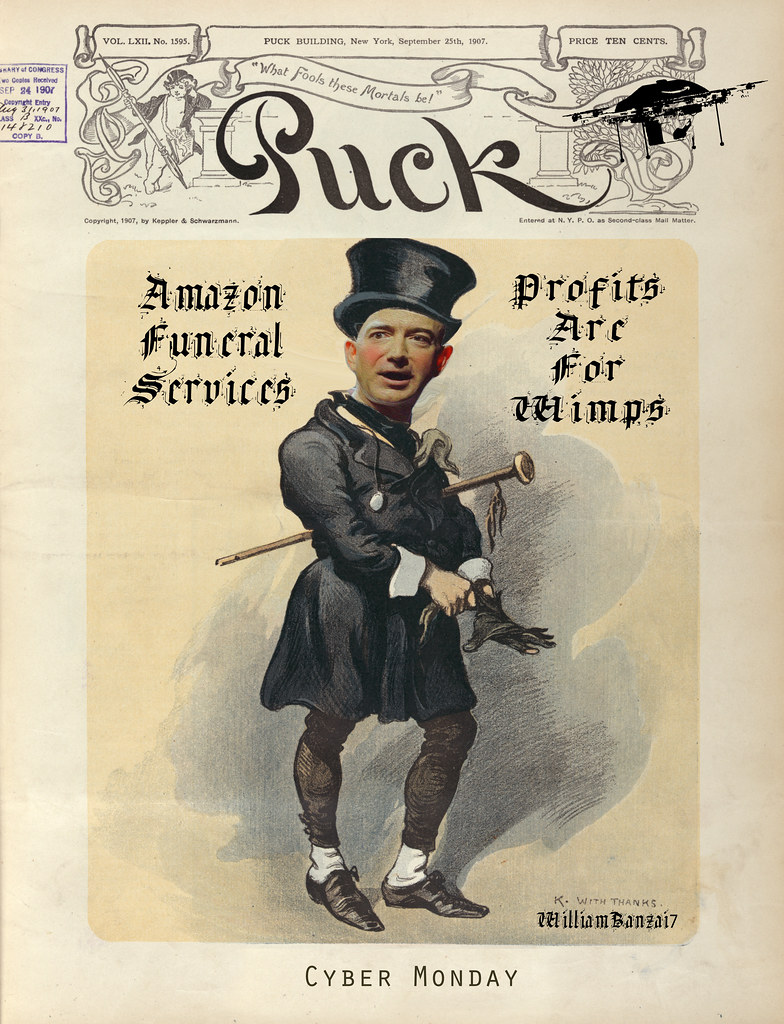When even the big banks are openly mocking price targets and resorting to sheer gimmickry (recall Topeka’s AAPL price target of $1,111) it may be time to take a long, hard look at the sell button. However, since only the rise in the Fed’s balance sheet matters, that long, hard look will end up with precisely zero action.
From Morgan Stanley:
Since last March, we have been sanguine on US equities. Our logic has been driven more by lack of a bear case than the strength of the base case. We have seen 3 turns (12.0x to 15.1x) of multiple expansion in the last 2 years, only the 4th period with this level of expansion over the last 40+ years. Obviously, a sample size of three isn’t statistically significant, but the prior three periods were all followed by a continuation of the rally for another 12-24 months, as momentum typically persists. The only thing people are worried about is that no one is worried about anything. That isn’t a real worry.
Sheer brilliance (but yes: one can thank the Fed for drowning all “worries” with record liquidity). The brilliance goes on.
We are raising our 12-month S&P 500 price target from 1840 to 2014, representing 11.5% upside from the market’s current level (Exhibit ). In our base case, we are forecasting 6% earnings growth in 2013, 2014, and 2015. We expect the multiple to expand moderately (the index currently trades at 15.6x our 2014 earnings estimate) to 16.4x. For our bull case target of 2414, we see 8% earnings growth in 2013, followed by 10% EPS growth in 2014 and 2015, and strong multiple expansion to 17.9x. Our bear case is 1519 and assumes a 5% earnings decline in 2014 accompanied by multiple contraction to 14.9x.

Why a 9.5% increase in our price target?
1) We raised our earnings numbers for Q4 2013: The Q3 numbers were better than we expected, again primarily driven by the financials sector. Generally, while the bottom-up estimates have consistently been too high, our top-down model for forecasting earnings has been consistently too low. When we update our 2013 numbers for a stronger Q3 and add to our Q4 forecast, we now estimate $109 in 2013 EPS. This is well above our initial forecast from two years ago of closer to $100, but well below the initial consensus bottom-up estimate of nearly $123.
2) Roll forward: We also rolled forward our 12-month forward target from end of Q3 to year-end 2014. This has the effect of adding our Q4 2015 EPS estimate, as our target is set off of earnings months 13-24 in the future. Our Q4 number for 2015 adds $2.90 more in EPS to the outlook. So this makes our 2015 EPS full-year forecast $122.9 in earnings, roughly equal to the consensus bottom-up view for 2014 EPS and likely about $8 below what will be the 2015 consensus bottom-up number when the estimates are fully fledged out early in 2014.
3) Multiple expansion: For our base case we have raised our PE assumption by about 3/4 of a turn. Our fundamental view is that a steeper curve and the lack of a bear case forming will cause multiple expansion, consistent with what we have written about in several recent notes.
4) Net earnings: It is important to note that there is a 3% per year net share count reduction ongoing right now, likely meaning 5-6% total share reduction between now and year-end 2015. My sense is some investors may not realize that net earnings growth will be closer to 9% per year, even though the exhibit above, which is OPERATING earnings, shows 6% growth. All individual stocks are typically evaluated by analysts (with targets) on net earnings, not operating earnings, and in this environment of huge repurchases this is an important distinction.
About that multiple expansion, recall:
… multiple growth has already been thoroughly abused as a source of stock market “growth”, and accounts for over 80% of the market upside in the past two years, and is responsible for 75% of the S&P increase in 2013. Excluding the 2009 “outlier” event, this is the greatest contribution to the S&P from multiple expansion in 15 years.

So will Morgan Stanley’s price target for 2015 be 2015, and so on? Said otherwise, when things like fundamentals and technicals no longer matter, things get silly fast.







via Zero Hedge http://feedproxy.google.com/~r/zerohedge/feed/~3/cT-24RdW4Tc/story01.htm Tyler Durden
![]()















